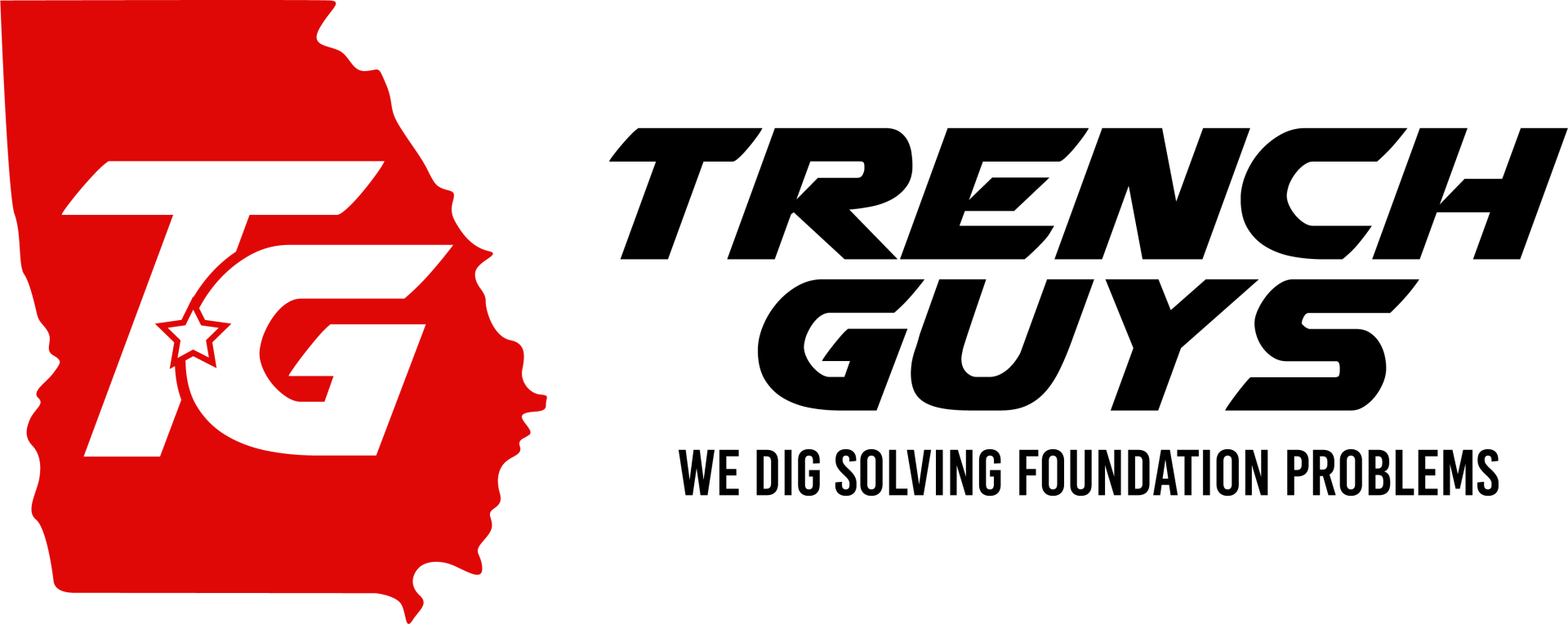NOW IS THE TIME TO...
Claim Your FREE Crawl Space Inspection!

Helical Pier Installation In Macon, GA
John Ryan: 478-236-6403
Schedule Your Free estimate!
No-Obligation, Free Inspections
No-Obligation Free Estimates
We Warranty All of Our Work
100% Satisfaction Guaranteed
The Benefits of Installing Helical Piers: A Comprehensive Guide to the Installation Process
Do you get sick and tired of fixing your retaining wall or foundation because it keeps shifting? Try helical piers as your first option. They serve as a strong base, but that's not all they're good for. Read on to learn all about helical pier installation, how it works, and why it might be the right choice for your next building project.
Macon, GA
Basement Waterproofing

Introduction to Helical Pier Installation
Steel piers are twisted or "screwed" into the earth to create a helical pier, which is then used to repair and stabilize a foundation. These piers are constructed to support buildings, decks, retaining walls, and other structures by distributing their weight over a wider area of the earth. One of the most sought-after foundation repair options, its installation takes little time and causes minimal disruption.
To create the piers, a central shaft is used, to which one or more helix-shaped plates are joined. The "screwing" motion of the pier is achieved by twisting these helix plates into the earth. Specialized tools, such as a drive head and torque motor, are used to rotate the helical pier into the ground during installation. Depending on the scope of the work, the procedure can be performed either manually or mechanically.
Drilling a hole in the ground, typically the size of a grapefruit is the first step in the installation process. After the hole is dug, the pier is dropped in and the helix plates are twisted into the ground. By twisting it into the earth and then pushing it down, the pier provides a sturdy base for the building. After the pier has been driven to the required depth and has reached its load-bearing capability, it is bolted to the base of the building.
Repairing and stabilizing a foundation through the use of helical piers is an efficient and cost-effective option. It's a fast, easy, and non-intrusive solution that won't mess up the neighborhood. On top of that, helical piers can be employed in place of regular foundations in brand new buildings. Get your home or business building on solid ground with the help of a qualified specialist.
Benefits of Helical Pier Installation
Repairing and stabilizing a foundation with helical piers has many advantages. Just a few of the many benefits are listed below.
- Stability: One of the most obvious benefits of helical pier installation is the stability it provides for foundations and retaining walls. The piers transfer the load of the structure to a deeper, more stable layer of soil, providing a solid foundation for the structure.
- Versatility: Helical piers can be used in a variety of situations, from foundation repair to new construction projects. They can be used to support residential homes, commercial buildings, decks, and retaining walls. Additionally, they can be used in a wide range of soil types and conditions, making them a versatile solution for foundation repair.
- Non-invasive: The installation process is non-invasive, meaning that there is minimal disruption to the surrounding area. The small hole drilled for the pier is quickly filled and the surface area is left largely undisturbed.
- Quick and efficient: Helical pier installation is a relatively quick process, with most projects taking only a few days to complete. This means that the foundation can be repaired and stabilized quickly, minimizing any disruptions to the property or its occupants.
- Cost-effective: Helical pier installation is a cost-effective solution for foundation repair and stabilization. It is less expensive than traditional methods such as underpinning and does not require extensive excavation or other invasive procedures.
- Environmentally friendly: Helical piers are made of steel, which is a recyclable material and does not contribute to landfills. Additionally, the installation process does not involve the use of heavy machinery or excavation, reducing the impact on the environment.
In conclusion, helical pier installation is an effective, inexpensive, and adaptable method for fixing and stabilizing foundations. All kinds of buildings can benefit from its sturdy structure, easy installation, and eco-friendly response. Hiring a qualified specialist can guarantee that your foundation will last for many years without cracking or shifting.
Macon, GA
Foundation Waterproofing

Steps for Installing a Helical Pier
There are a few different ways to set up a helical pier. Step-by-step instructions for the installation can be found below.
- Site evaluation: The first step is to conduct a site evaluation to determine the condition of the soil and the extent of the foundation or retaining wall problem. The technician will also take into account the location of utilities, such as gas and water lines, to ensure that the installation will not disrupt these services.
- Design and engineering: Based on the site evaluation, the technician will design a plan for the installation of the helical piers. This will include determining the number and location of the piers, as well as the depth and load-bearing capacity of each pier.
- Drill the hole: The next step is to drill a hole in the ground for the pier. The hole is usually about the size of a grapefruit and is drilled to the depth at which the pier will be installed.
- Insert the pier: Once the hole is drilled, the pier is inserted into the hole. The pier is composed of a central shaft with one or more helix-shaped plates attached to it.
- Twist the pier: Using a drive head and torque motor, the technician will twist the pier into the ground. As the pier is twisted into the ground, it is also pushed down, creating a solid foundation for the structure.
- Attach the pier to the structure: Once the pier reaches the desired depth and load-bearing capacity, it is attached to the foundation or structure. This is done by connecting a bracket to the top of the pier and then bolting or welding the bracket to the foundation or structure.
- Final inspection: After the installation is complete, the technician will conduct a final inspection to ensure that the piers are properly installed and that the foundation or structure is stable.
- Backfill and compact: The last step is to backfill the hole and compact the soil around the pier to ensure proper support and stability.
Depending on the nature of the project and the underlying soil, the installation procedure may need to be adjusted somewhat. To guarantee the correct installation and stability of the helical piers, it is also crucial to engage a professional and experienced expert.
Tools Required for Helical Pier Installation
Using the right equipment and tools is essential for the successful installation of helical piers. Some of the common equipment utilized in an installation is as follows:
- Drive head and torque motor: The drive head and torque motor are used to twist the pier into the ground. The drive head is attached to the top of the pier and the torque motor is used to rotate the pier.
- Drill: A drill is used to create the hole in the ground for the pier. The drill bit size will depend on the size of the pier and the soil conditions.
- Level: A level is used to ensure that the pier is installed at the correct angle and that the structure is level.
- Measuring tape: A measuring tape is used to determine the depth of the hole and the location of the pier.
- Brackets and fasteners: Brackets and fasteners, such as bolts or welding equipment, are used to attach the pier to the foundation or structure.
- Backfill equipment: Backfill equipment such as a shovel or a small excavator is used to fill the hole and compact the soil around the pier to ensure proper support and stability.
- Safety equipment: Safety equipment such as hard hats, safety glasses, and earplugs should be worn by the technician during the installation process.
Soil conditions and the scale of the project will determine the precise tools and equipment needed. The helical piers will be installed by a skilled professional with access to all the necessary equipment.
Macon, GA
Waterproofing Company

Safety Considerations for Helical Pier Installation
Although installing helical piers is a technique with a low risk of injury, similar precautions should be taken as with any building job. Some of the most crucial precautions to take when setting up helical piles are as follows:
- Personal Protective Equipment (PPE): Technicians should wear appropriate PPE such as hard hats, safety glasses, and earplugs to protect themselves from potential hazards. Gloves, steel-toed boots, and other protective gear may also be necessary depending on the specific project.
- Heavy equipment safety: The installation process may involve the use of heavy equipment such as a drive head and torque motor, and drill. It's important to ensure that the equipment is in good working order and that the technician is trained and qualified to operate it safely.
- Digging and drilling: The installation process involves digging a hole and drilling into the ground. It's important to be aware of the location of utilities such as gas and water lines to avoid damage or disruption.
- Backfill and compaction: After the pier is installed, the hole is filled with soil and compacted. It's important to use proper techniques for backfilling and compaction to ensure proper support and stability for the pier.
- Weather conditions: Weather conditions can also affect the safety of the installation process. It's important to be aware of potential hazards such as lightning and high winds and to take appropriate precautions.
- Traffic and pedestrian safety: The installation process may take place on or near a road, it's important to take appropriate measures to ensure the safety of traffic and pedestrians.
- OSHA compliance: OSHA (Occupational Safety and Health Administration) has regulations for construction work, and it's important for the contractor to be aware of and follow these regulations to ensure the safety of the workers and the public.
It's worth remembering that certain precautions may need to be taken in a different way depending on the nature of the project and its location. Technicians who have the necessary training and experience will be able to recognize dangers and eliminate or mitigate them, protecting both themselves and those around them.
Troubleshooting Common Helical Pier Installation Issues
Although there shouldn't be any major complications with the installation of helical piers, they are possible. Some typical problems and their solutions are listed below.
- Difficulty twisting the pier into the ground: This issue can occur if the soil is too hard or if there are large rocks or debris in the soil. To troubleshoot this issue, the technician may need to use a larger drill bit or a different type of soil auger to break up the soil.
- Pier not reaching the desired depth: This issue can occur if the pier encounters an obstacle such as a rock or hardpan layer, or if the soil is too loose. To troubleshoot this issue, the technician may need to adjust the design of the pier or use a different type of pier that is better suited for the soil conditions.
- Pier not reaching the desired load-bearing capacity: This issue can occur if the pier is not installed at the correct angle or if the soil around the pier is not properly compacted. To troubleshoot this issue, the technician may need to adjust the angle of the pier or ensure that the soil is properly compacted.
- Pier bending or twisting: This issue can occur if the pier is not installed at the correct angle or if the soil is not compacted properly. To troubleshoot this issue, the technician may need to adjust the angle of the pier or ensure that the soil is properly compacted.
- Pier not attached properly: This issue can occur if the bracket and fasteners are not properly attached or if the pier is not aligned correctly. To troubleshoot this issue, the technician may need to reattach the bracket and fasteners or realign the pier.
These concerns may be more or less severe depending on the nature of the project and its setting. Only a trained and skilled technician will be able to spot problems and implement solutions that will work.
Macon, GA
Waterproofing Basement Floor

Potential Costs of Helical Pier Installation
There are a lot of variables that can affect the final price of installing helical piers, such as the size and scope of the project, the site's location, and the soil's compaction. The price of installing helical piers can be affected by the following variables:
- The cost of a project will vary depending on how many piers are needed to support it. The price tag rises proportionally to the number of piers needed.
- Cost will also be affected by the piers' depth and load-bearing capacity. The cost of piers will increase if they must be deeper or carry more weight.
- The cost may also change based on the soil's quality. Drilling into tougher or more challenging soils will result in higher installation costs.
- The project's location is another factor that can impact the budget. It costs extra to complete a project in an inconvenient location.
- Permits, inspections, and any necessary repairs or upgrades to the building's foundation or structure might add thousands of dollars to the final price tag.
Installation of helical piers can cost anywhere from $1,000 to $10,000 or more, with the exact figure depending on the specifics of the job at hand. It's worth remembering, though, that figures might range substantially from one project to the next and from one region to another. A skilled expert can assess the situation and provide a precise estimate of the price tag.
Helical Pier Installation in Different Soil Types
It is important to consider the soil type when installing helical piers, as different soils may call for unique techniques and tools. Different types of soil might cause different complications during helical pier installation, as seen below.
- Clay soils: Clay soils are dense and compact, making them difficult to drill through. In these cases, a larger drill bit or a different type of soil auger may be required. Additionally, clay soils have a higher bearing capacity, so fewer piers may be required.
- Sand and gravel soils: Sand and gravel soils are loose and granular, making them easier to drill through. However, the piers may need to be installed at a deeper depth to reach a stable soil layer.
- Rocky soils: Soils that contain a lot of rocks or boulders can be difficult to drill through. In these cases, a different type of pier, such as a rock anchor, may be required. Additionally, the piers may need to be installed at a deeper depth to reach a stable soil layer.
- Organic soils: Organic soils, such as peat or muck, are soft and compressible and can be difficult to install in. In these cases, a different type of pier, such as a floating pier, may be required.
It's possible that the soil conditions will be different based on the nature of the project and its location. If you want to make sure your helical piers are installed correctly and won't tip over, you need to hire a technician who has the training and experience to assess the soil conditions and take the necessary precautions. Soil testing, conducted by a geotechnical engineer, can also reveal the soil's composition and other pertinent details.
Macon, GA
Foundation Sealing

Regulations and Guidelines for Helical Pier Installation
Different governing bodies and organizations oversee the installation of helical piers to guarantee their quality and safety. The installation of helical pilings may be subject to the following regulations and guidelines:
- OSHA (Occupational Safety and Health Administration): OSHA sets regulations for construction work, including helical pier installation. These regulations cover issues such as personal protective equipment, equipment safety, and excavation.
- Building Codes: Local building codes will also apply to helical pier installation. These codes set guidelines for the design and installation of foundations and retaining walls and will vary depending on the location.
- International Residential Code (IRC): The International Residential Code (IRC) sets guidelines for residential construction, including foundation and retaining wall installation. These guidelines cover issues such as load-bearing capacity, soil type, and depth of the piers.
- International Building Code (IBC): The International Building Code (IBC) sets guidelines for commercial and industrial construction, including foundation and retaining wall installation. These guidelines cover issues such as load-bearing capacity, soil type, and depth of the piers.
- American National Standards Institute (ANSI): The American National Standards Institute (ANSI) sets industry standards for helical pier installation. These standards cover issues such as design, load-bearing capacity, and installation methods.
The specifics of a project and its location may affect the rules and regulations that must be followed. In addition to having the required licenses, permissions, and certifications, a competent and experienced technician will have the knowledge and expertise to ensure that the installation is in full compliance with all legislation and guidelines.
Frequently Asked Questions About Helical Pier Installation
Our Moisture Control Services
At Trench Guys, we are proud to offer Crawl Space Moisture Control Services to the residents of Macon, GA. Please take a moment and see all of our Crawlspace Moisture Control related services.
When it comes to crawl space moisture control, you can count on Trench Guys. So don't delay! Call us now at 478-236-6403 to schedule a FREE crawl space inspection and estimate!
Our Crawl Space Repair Services
At Trench Guys, we are proud to offer Crawl Space Repair Services services to the residents of Macon, GA. Please take a moment and see all of our Crawlspace Repair Services.
When it comes to crawl space moisture control, you can count on Trench Guys. So don't delay! Call us now at 478-236-6403 to schedule a FREE crawl space inspection and estimate!
About Our Crawlspace Services in Macon, GA
At Trench Guys, we are proud to offer expert crawl space services to homeowners and businesses in Macon, GA.
Our team of experienced technicians is dedicated to helping you maintain a healthy, comfortable living environment through professional crawl space encapsulation, waterproofing mold removal and foundation repairs.
01. Speak To One of Our Crawl Space Experts
First, contact our customer support team. Tell our friendly crawl space experts about your problem and what issues you're facing.
02. Schedule A Free Inspection & Estimate
Schedule a 100% free no-obligation crawl space inspection and if we find any issues to repair or improvements for you to consider, we will provide you with a free estimate for you to consider with zero pressure.
03. Restore Your Home & Your Families Health
If you decide you would like us to fix your crawlspace issues, we will schedule a date that works best for you and perform the work needed to restore your crawl space.
When it comes to a wet crawl space, fast response is crucial. So don't delay! Call us now at 478-236-6403 for immediate help!

Written by John Ryan
Founder of Trench Guys
John Ryan has been specializing in crawlspace and foundation repair for over 10 years. John has prior experience in residential construction all across the south east that prepared him for solving complex problems related to crawlspace moisture control and settling foundations, he is one of Middle Georgias top experts in foundation repairs. As the Founder of Trench Guys LLC he is the crawl space specialist that locals in Macon depend on to fix their crawl space problems right the first time.


